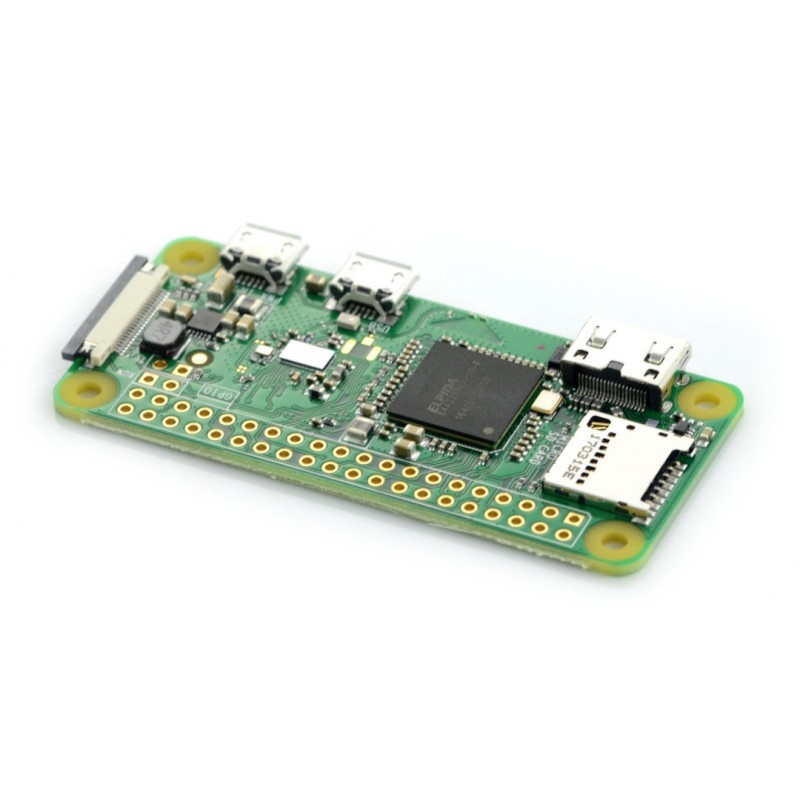
If it is not successful, then it will become an access point again allowing another iteration attempt. The Raspberry Pi will then attempt to log onto the new network and all is well.


The user can pick the appropriate WiFi network and password for the local connection and press connect. From a smart phone or labtop, a user can log onto the access point, which brings up a portal webpage that lists all the visible local WiFi networks. At startup, if a WiFi connection is not detected, the Raspberry Pi will become its own WiFi access point and webserver. This blog described an easy and robust methodology for the Raspberry Pi Zero. The goal is to allow an easy update to the WiFi connection of projects when the WiFi connection is changed. This happened to me while researching a way to add a WiFi connection update method to Raspberry Pi projects like the Espresso Connect. The great news is that since it is open source, we have the opportunity to fix the issues and build on what was released.

It works great initially for an application or platform, but with dependency module upgrades and new Linux versions, issues occasionally arise. Sometimes, open source software doesn’t work.


 0 kommentar(er)
0 kommentar(er)
